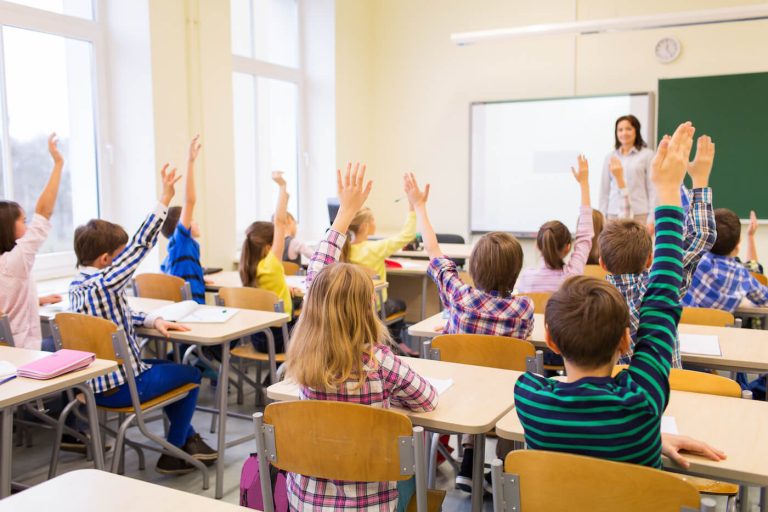All around the world, schools may employ different strategies to teach students, but there are several common psychological techniques that are used in almost every school. Schools do more than deliver curriculum; they also foster an environment where students are motivated, focused, and able to perform at their best. Today, we are exploring 8 key psychological strategies typically practised in schools.
1. The Power of Positive Reinforcement
Rewarding children has always been beneficial in helping them to identify what excellent behaviour looks like and how it is reciprocated. This type of positive reinforcement encourages them to be repetitive with their positive actions. Educational institutions, implement this technique by rewarding students with stickers, praise, and other rewards to celebrate achievements. This reinforces their efforts and their class participation. Students learn that success leads to acknowledgement, which motivates them to push harder in their academic endeavours and lives as they take pride in their accomplishments.
2. Setting clear and achievable goals
When you set goals, it helps to keep you motivated as you are now working toward a clear destination. This psychological technique is used by teachers who break down large tasks into smaller, more attainable objectives. By doing so, students perceive the challenges they face as less overwhelming and remain focused on the task at hand. The goal-setting technique results in students accomplishing more frequently, which makes them even more confident and motivated to continue working hard.
3. Gamification of Learning
One of the best ways to learn for children is through fun games. Games not only make learning more engaging, but they also introduce an element of competition, which students find fascinating. Schools are increasingly using leaderboards, badges, and point systems. This is known as the gamification strategy, and when students are introduced to this strategy, dopamine is released in their brains.
4. Leveraging peer influence
Similarly to the influence you feel when watching your favourite celebrity or hearing a successful individual speak, students are also influenced by their admirable peers. Therefore, educational institutions use peer groups to influence the positive behaviours of their other students. Studies have shown that students are more likely to feel motivated to practice positive habits and attitudes when their peers do the same.

5. Creating a Growth Mindset Culture
Students are taught that their abilities can grow if they continue to put effort into what they want to achieve. This growth mindset concept was introduced by psychologist Carol Dweck. This is used in educational institutions by having teachers praise the efforts of students rather than innate intelligence, which builds resilience and encourages students to face challenges head-on.
6. The Hawthorne Effect
When teachers and school administrators are monitoring classroom behaviour or providing feedback on the performances of students, they might be utilising the Hawthorne Effect. This technique was named after a workplace study, and it details that humans are more likely to perform to the best of their abilities when they know they are being observed. We have all been in situations when we know that our parents, boss, and teachers are watching, so we put extra effort into our tasks.
7. Structured Breaks for Cognitive Recovery
Studies have proven that attention spans are limited, and the average attention span is now even less than that of a goldfish. When children feel that they are focused too long on one thing and start losing interest, cognitive fatigue sets in. The structured breaks at schools and even at some workplaces are in place to allow individuals to recharge. Students are given breaks like recess or short movement breaks to help them improve concentration, and memory retention, and remain productive throughout the lesson.
8. Using Visual and Environmental Cues
Your environment plays an important role in how you perform. Classrooms create stimulating and welcoming environments for students through their designs by adding bright colours, inspirational posters, and even seating arrangements.

